News
TCL Marks 25 Years in the Philippines with 2025 Product Launch and Global Olympic Partnership
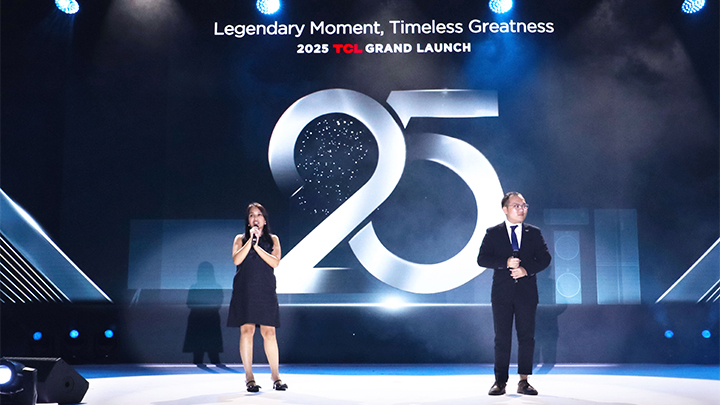
TCL Electronics marked its 25th anniversary in the Philippines with a large-scale event at Okada Manila, where the company unveiled its 2025 product lineup and announced a long-term partnership with the International Olympic Committee. The event, themed “Legendary Moment, Timeless Greatness,” was designed to reflect both the company’s history in the region and its future direction.

Since entering the Philippine market in 1999, TCL has grown its product portfolio beyond televisions to include air conditioners, washing machines, and refrigerators. The brand now holds top market positions in the country for both TV and AC sales, according to company executives.
At the event, TCL introduced a range of 2025 products, including the X11K QD-Mini LED TV, which features 6,500 nits of peak brightness, a 65,000,000:1 contrast ratio, and support for Quantum Dot color technology. Audio is handled by Bang & Olufsen, reinforcing TCL’s recent push into premium home entertainment. Other announcements included the FreshIN 3.0 air conditioner with air purification capabilities and the Direct Drive+ P660 washing machine, which aims to offer higher efficiency with lower energy use.
The company also presented updates to its refrigerator lineup, featuring models with bottom-mounted heat dissipation, customizable compartments, and T-Fresh sterilization technology.
TCL used the anniversary to emphasize its broader global ambitions. It announced a partnership with the International Olympic Committee that will run through 2032. TCL plans to supply products to Olympic villages and support event operations as part of this agreement. Company executives positioned the partnership as part of TCL’s goal to expand its international visibility and align with large-scale global events.
Local brand ambassadors, including Olympian EJ Obiena and actors Rhian Ramos and Valeen Montenegro, participated in the launch and shared their views on TCL’s role in bringing accessible technology to Filipino households.
As the company looks ahead, TCL says it remains focused on developing practical, energy-efficient, and connected technologies for everyday use.
In related news, TCL secures the top spot globally in ultra-large, Mini LED, and Google TV shipments, and also launches the Thunderbird 32U8 in China, a feature-packed monitor priced under $550.
(Via)
News
TCL to Showcase Next-Gen Displays and AI-Powered Product Lineup at CES 2026

TCL has confirmed its participation at CES 2026 with a major showcase focused on advanced display technology and a wide range of AI-powered products. The company will occupy Booth #18604 at the Las Vegas Convention Center’s Central Hall from January 6 to 9.
TCL plans to highlight its latest breakthroughs in display innovation, including its new SQD-Mini LED technology. The technology delivers five key improvements: wide color gamut for all scenarios, no color crosstalk, higher peak brightness, more local dimming zones, and a slimmer profile. TCL will display these panels across TVs, monitors, mobile devices, and wearables.
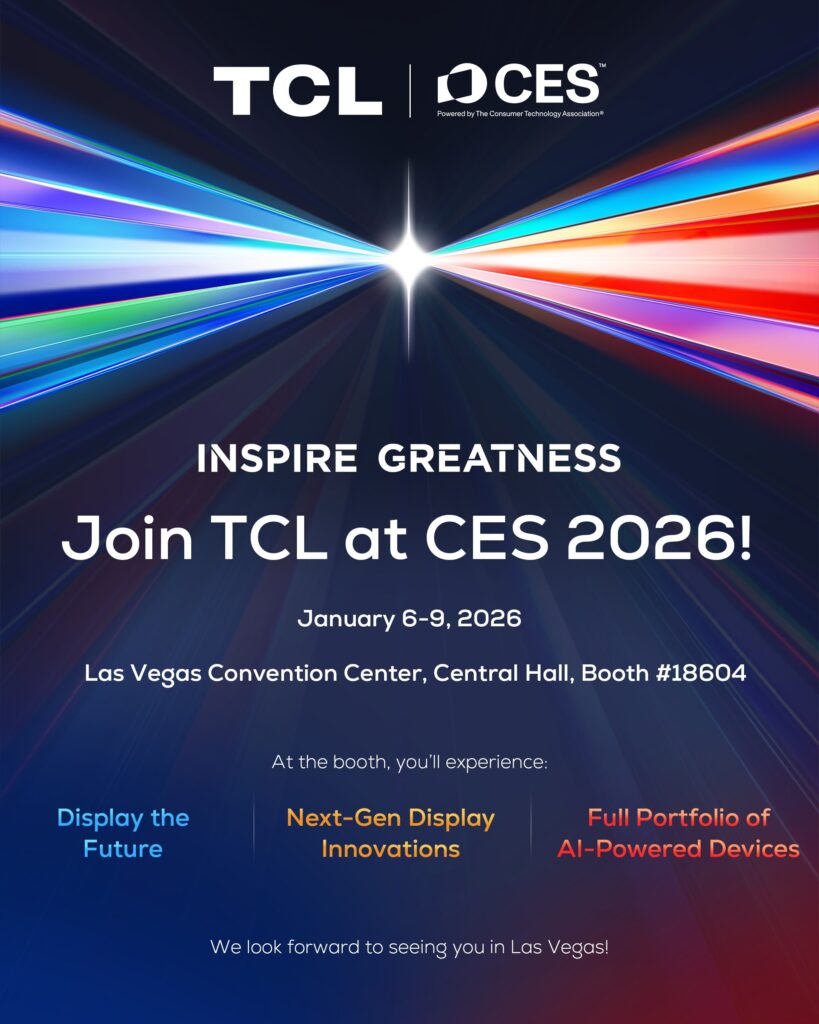
The company will also debut new NXTPAPER smartphones and enote tablets with eye-care features. Visitors can expect a hands-on look at TCL’s latest AR glasses, designed to enhance personal entertainment and productivity.
TCL’s presence at CES will extend beyond displays. The company will introduce a complete lineup of AI-powered smart home devices, including air conditioners, refrigerators, washing machines, and smart locks. TCL will also present AI-powered TVs, projectors, and AR glasses that support personalized content and smarter interaction.
The company aims to show how its AI systems can support daily life through a connected ecosystem. Its Human-Vehicle-Home strategy will be on display through mobile devices, tablets, and smart integration solutions that combine intelligent productivity with mobility and home automation.
TCL’s booth will act as a live demonstration of how its display and AI technologies work together to shape future living and viewing experiences. The company has stated that more product details will be revealed during the event.
In related news, Apple’s upcoming foldable iPhone could drive significant growth for TCL CSOT, while TCL has also launched its PlayCube, A1S, and C1 portable projectors in the UK market.
News
Apple’s Foldable iPhone Could Fuel Big Gains for TCL CSOT
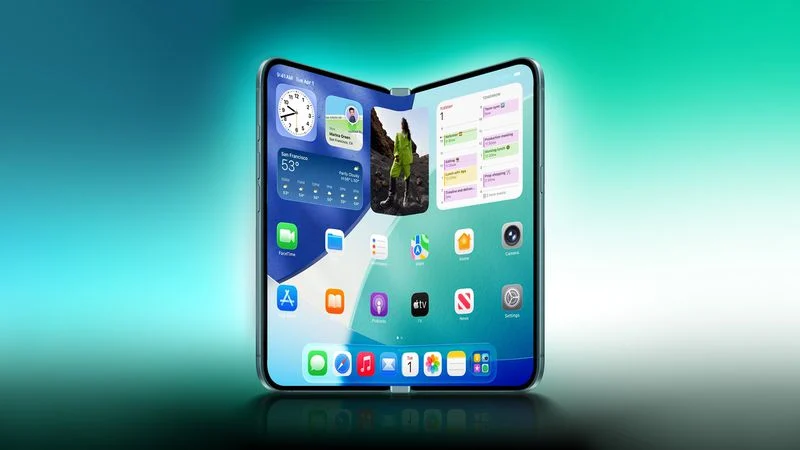
Apple is expected to enter the foldable smartphone market in 2026, and its arrival could significantly impact the display supply chain. According to a new report from Counterpoint Research, global shipments of foldable smartphone panels are forecast to grow 46% year-on-year, with Apple’s panel procurement plans playing a major role in driving that increase.
While Samsung Display is projected to lead with a 57% market share, TCL CSOT is quietly emerging as one of the fastest-growing players in the foldable panel segment. Counterpoint estimates that TCL CSOT will see a 47% year-on-year growth in foldable panel shipments in 2026, placing it ahead of several competitors in terms of momentum.
The report highlights a shift in consumer preferences toward book-style foldable devices with large, inward-folding displays. These designs are gaining traction in both global and Chinese markets, where buyers are prioritizing screen size and productivity features over compact form factors. Samsung’s Galaxy Z Fold 7 has already outsold the Flip model in early sales during the second half of 2025, underlining the trend.
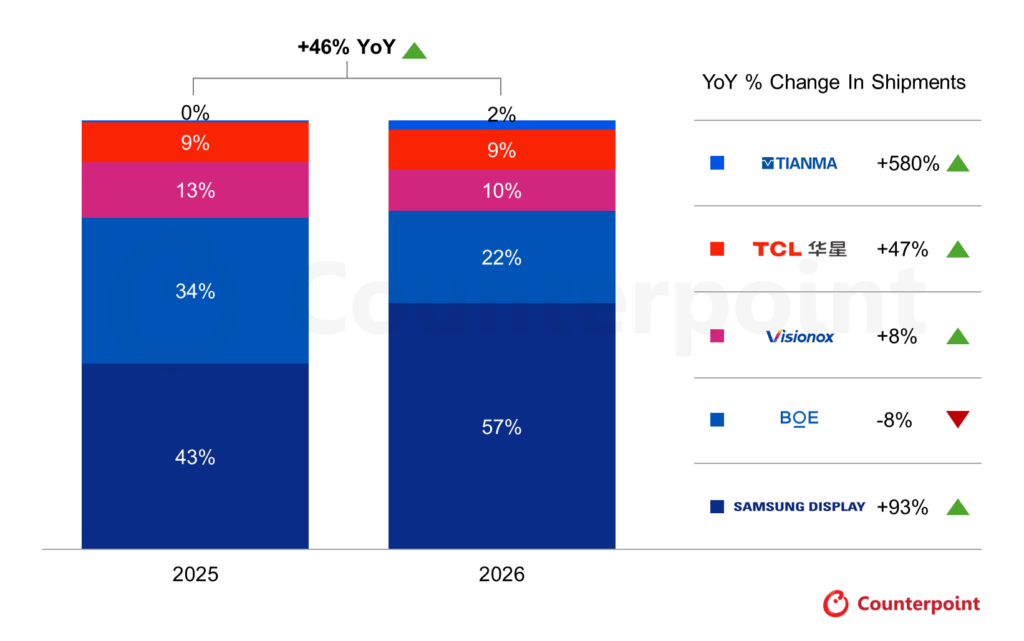
Panel makers are expected to post uneven results next year. BOE may experience an 8% decline, while Visionox is projected to grow 8%. Tianma is forecast to achieve the highest year-on-year surge at 580%, though from a smaller base. TCL CSOT’s 47% growth positions it as a key player poised to benefit from rising demand and higher average selling prices.
Counterpoint also expects foldable smartphone shipments to grow 14% in 2025 and 38% in 2026. As Apple prepares to enter the market and push foldables into the mainstream, TCL CSOT appears well-placed to expand its presence in the global foldable display market.
In related news, TCL CSOT is supplying the display panel for AOC AGON’s 1000Hz gaming monitor, the AGP277QK, while TCL has also launched the PlayCube, A1S, and C1 portable projectors in the UK.
News
TCL launches PlayCube, A1S, and C1 portable projectors in the UK
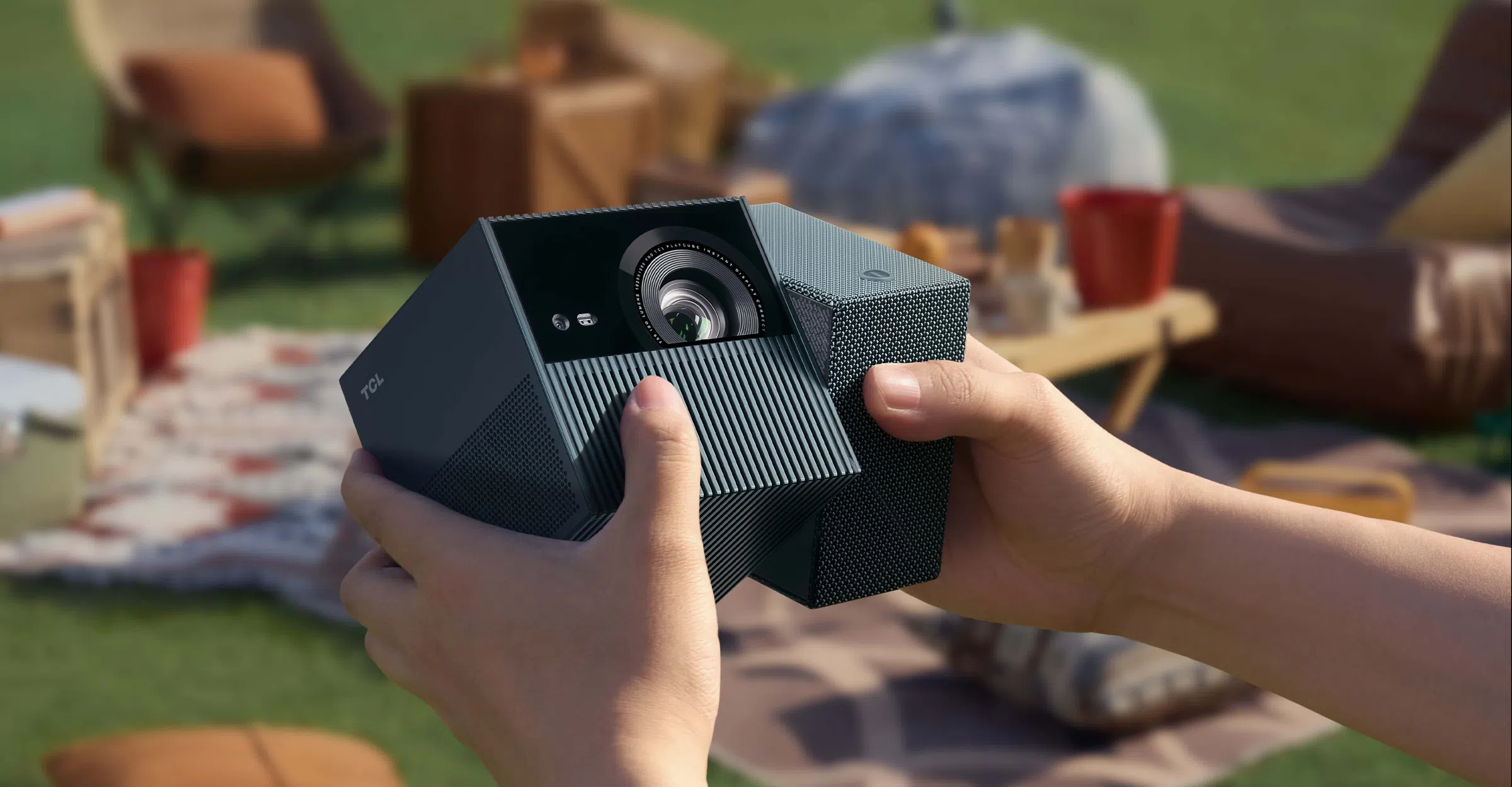
TCL has launched its full range of portable projectors in the UK. The lineup includes the uniquely designed PlayCube, the versatile A1S, and the compact C1. All three models are also available in the U.S.
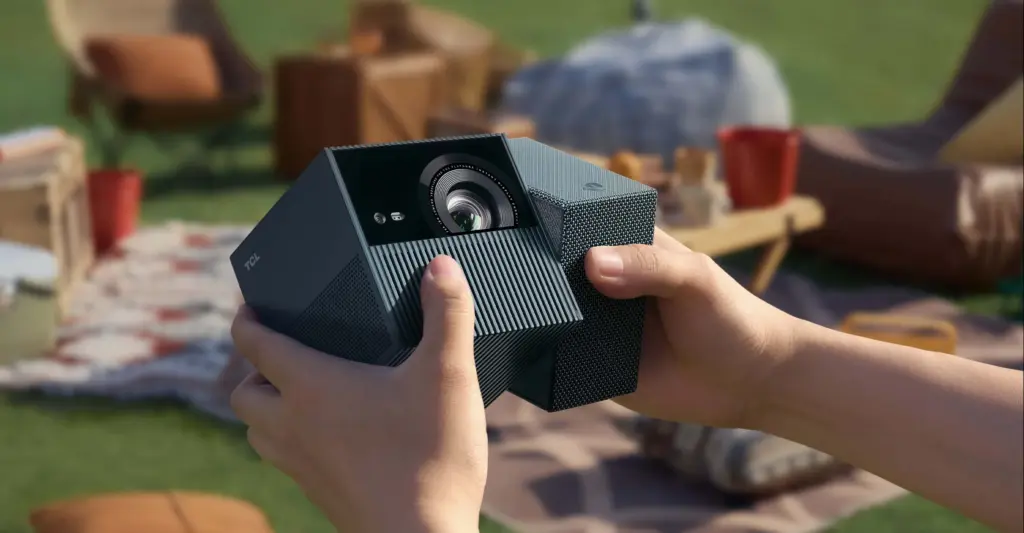
The PlayCube, priced at £799.99 in the UK and $749.99 in the U.S., features a cube-shaped design inspired by the Rubik’s Cube. It weighs under 1.4kg and runs wirelessly for up to three hours thanks to a built-in battery. It uses Google TV with optimized Netflix support, and its rotatable lens design allows flexible image placement on walls, ceilings, or tents.
The projector outputs 750 ISO Lumens and supports 4K input, although its native resolution is 1080p. It covers 124% of the Rec.709 color gamut and features instant autofocus, auto keystone correction, and Dolby Digital Plus audio.
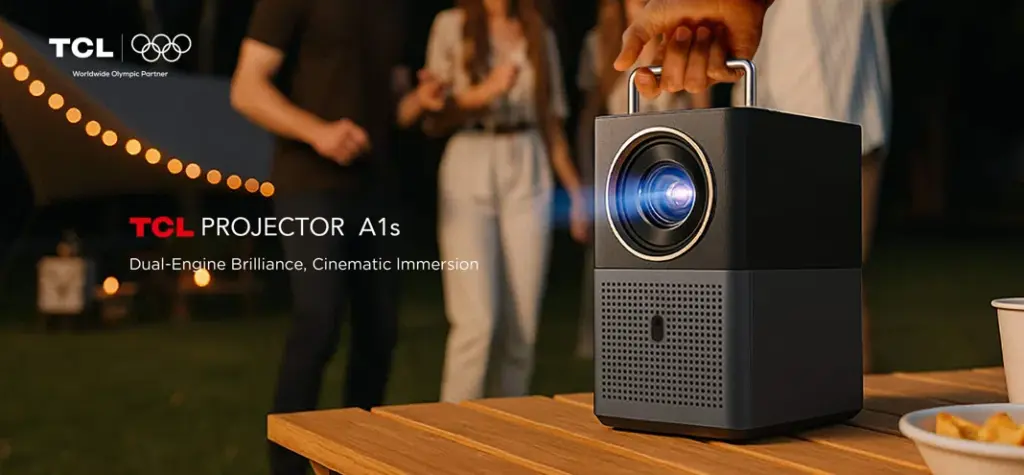
The A1S, priced at £369.99 in the UK and $330 in the U.S., features a tower design with a built-in “Versagrip” handle that acts as a stand. It also uses Google TV with Netflix, supports 4K input on a 1080p panel, and outputs 600 ISO Lumens. A 16W speaker system with passive radiators and reactive lighting adds entertainment value, especially during outdoor or party use.
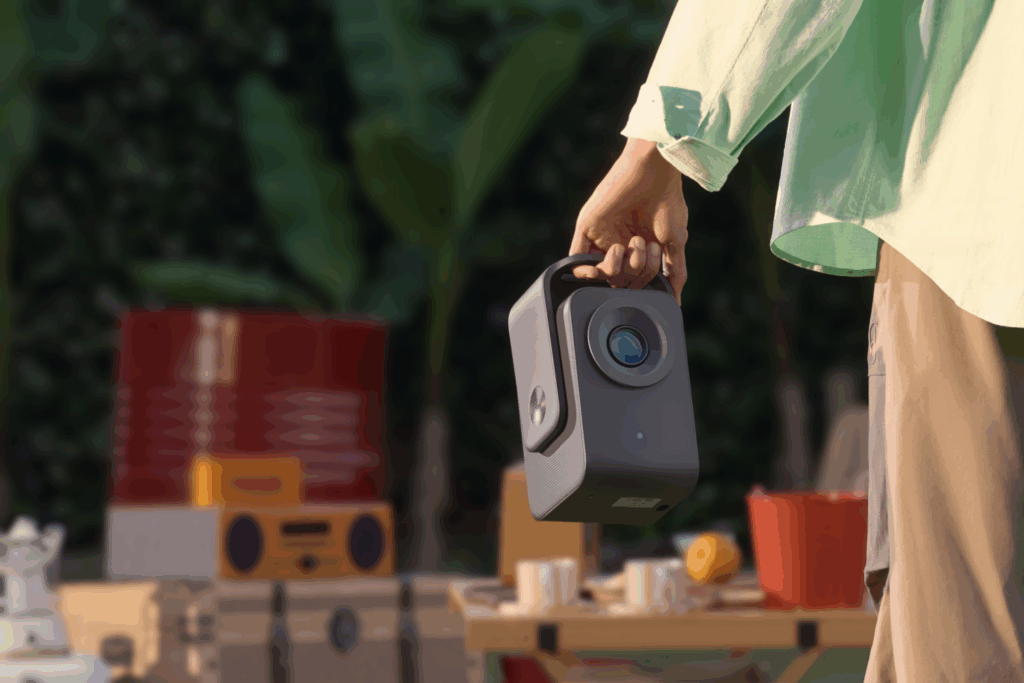
The C1 is the most affordable option at £249.99 in the UK and U.S. It retains full HD resolution, Google TV, Netflix support, and automatic image adjustments. It delivers 230 ISO Lumens and can project up to 120 inches. The rotating gimbal handle helps with angle adjustment, and the built-in 8W speaker removes the need for external audio gear.
In related news, we recently covered the best TCL TVs under $500 you can buy in 2025, so do check that out as well.
(Via)






